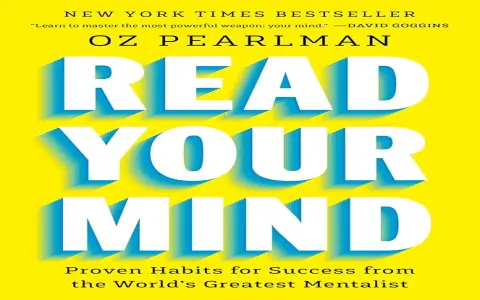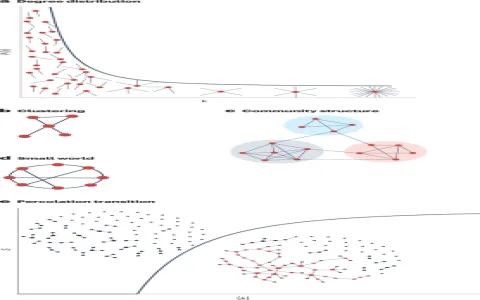Look, I am a guy who likes things to be functional. If I can’t apply it on a Monday morning, I don’t care about it. For months, though, I was living half my life in this completely exhausting dream world. I called them my “Adventure Dreams,” but really, they were just nightly stress tests. I was perpetually scaling crumbling cliffs, or navigating impossible flooded tunnels, or trying to operate machinery that kept breaking. I’d wake up feeling like I’d just run a 10K, soaking wet, and mentally, I was shot.
I needed a fix. I couldn’t afford six months of deep psychoanalysis—I was right in the middle of launching a major new side project that was eating my waking hours. My brain was clearly trying to dump a junk drawer full of anxieties on me, but it was doing it in HD, cinematic form, and I needed to mute the volume, fast. This wasn’t about finding my true hidden self; it was about getting eight hours of undisturbed sleep so I could actually function during the day.
So, I decided I was going to strip all the fancy stuff out. I threw out every book that talked about symbolism, collective unconscious, and dream dictionaries. I figured, if this quick guide couldn’t be mastered in five minutes of review before I even put the coffee on, it was useless. My goal: find the one thing the dream was actually telling me, ignoring all the spectacle.

The Three-Step Filter I Built
I started logging every night’s “adventure” but I restricted myself ruthlessly. No long, flowery descriptions. Just three bullet points, based on this self-made system.
Step One: The Core Verb.
I forced myself to identify the single action verb defining the whole sequence. Was I fleeing? Was I searching? Was I climbing? Was I failing? That’s it. Ignore the villain, ignore the setting, focus on the immediate physical action I was compelled to perform.
Step Two: The Resource Status.
Next, I assessed the state of my tools or resources within the dream. Was the car running out of gas? Was my flashlight dying? Was my rope fraying? Was the map tearing? If I was having a hard time in the dream, I asked: what specific thing failed me? This step was crucial for mapping the dream back to my real-world fears about burnout or lack of preparation.
Step Three: The Post-Wake Feeling.
The last thing I recorded, before even getting out of bed, was the single strongest emotion the dream left me with. It wasn’t the emotion during the chase—it was the lingering taste in my mouth when I woke up. Was it frustration? Was it relief? Was it powerlessness? This is the actual message. The dream is just the envelope; the feeling is the letter.
I implemented this structure for two weeks. I refused to let myself deviate. Before, a typical entry might read: “I was running from a giant shadow figure wearing a cape, through an old castle that was turning into water.” Useless, right?
Using the new method, the same dream became:
- Core Verb: Fleeing.
- Resource Status: Terrain failing (ground/castle dissolving).
- Post-Wake Feeling: Trapped.
This is where the magic happened. I realized immediately that the “giant shadow figure” wasn’t some deep psychological demon. It was my looming project deadline. The “castle turning into water” wasn’t cryptic symbolism; it was my real-world anxiety that my foundation (my preparation work) wasn’t stable enough and was dissolving under pressure. I wasn’t afraid of a monster; I was afraid of the project failing because I hadn’t done enough prep.
I started mapping these dream feelings to my daily to-do list. When I dreamed of “Searching” and feeling “Exhaustion,” I knew I was overcomplicating a workflow at the office. When I dreamed of “Climbing” and feeling “Powerlessness,” I knew I was trying to tackle a problem too large alone and needed to delegate.
The system is dumb simple, but it worked like a charm. I stopped fighting the dreams and started treating them like a faulty, dramatic internal alarm clock. Instead of analyzing why the shadow wore a cape, I just fixed the thing that was stressing me out in the light of day. Within a month, the cinematic “Adventure Dreams” faded. They didn’t vanish entirely, but they quieted down, becoming simple, manageable blips. I gained back hours of restful sleep just by forcing myself to ignore the theatrics and focusing only on the feeling and the action.
If you’re drowning in vivid night chaos, don’t try to become a psychologist overnight. Just write down what you did, what broke, and how you felt when you woke up. That’s the five-minute master key, trust me.














